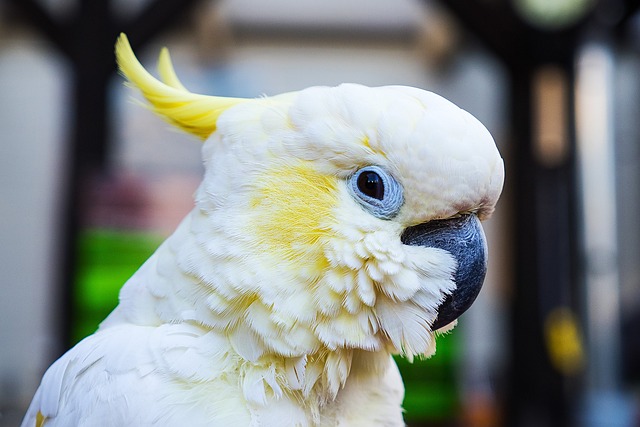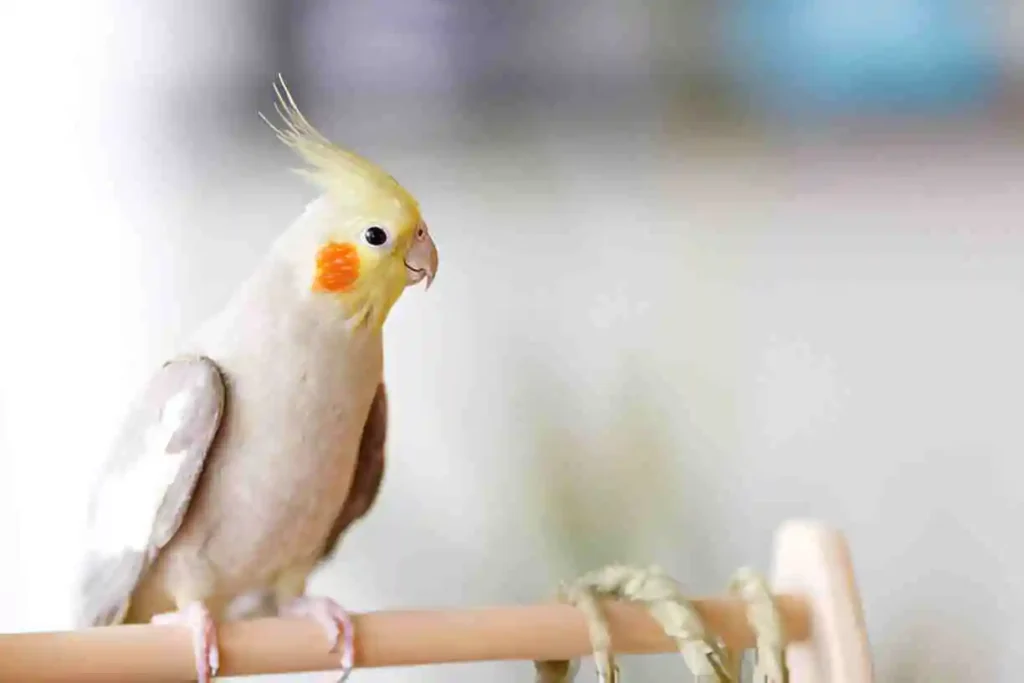Overview of Conure Molting Phases
Molting is a natural, periodic process in which catcalls replace old feathers with new bones. For conures, molting generally occurs formerly or doubly a time, generally in spring and fall. Molting can be physically trying, taking redundant energy and nutrients to grow new feathers. Because of this, pet possessors might notice changes in their conure’s geste, including increased sleep.
Crucial phases of the Molting Process
- Shedding Old Feathers During the original phase of molting, conures start slipping old feathers. This process is slow and gradational to avoid large, bare patches and to help the raspberry stay warm and defended.
- Emergence of Leg Feathers After the old feathers fall out, “ leg feathers ” begin to crop. These small, tube- suchlike structures are sensitive and kindly uncomfortable for the raspberry. Leg feathers grow over time, ultimately opening up into full feathers.
- Feather Growth and Maturity The final phase involves the growth and maturity of these feathers. Once completely grown, these feathers give a satiny and effective subcaste that protects the conure and aids in flight.
Behavioral Changes and Reasons for Increased Sleep During Molt
Molting can lead to behavioral shifts in conures due to the physical demands of growing new feathers. During this period, you may notice several changes, including an increase in sleeping habits.
Common Behavioral Changes During Molt
- Increased Rest and Sleep Molting is energy ferocious, and conures bear further rest to support new feather growth.
- Reduced exertion situations Conures may be less sportful or active while molting. The discomfort of growing leg feathers and the need for redundant energy can lead them to conserve their sweat.
- Perversity or perceptivity Leg feathers can be sensitive to touch, making some conures a bit perverse or defensive of their particular space.
- Appetite oscillations Some conures might eat further to fuel the feather growth, while others may eat lower due to the discomfort of molting.
Reasons for Increased Sleep During Molt
The primary reason for increased sleep during molt is energy conservation. Molting places physical stress on a conure’s body, taking fresh nutrients, energy, and rest to support feather rejuvenescence. Sleep plays a significant part in allowing the body to repair and rejuvenate, which is especially pivotal during the molt.
How Molting Affects Energy and Sleep Needs in Conures
Molting demands a lot of energy. Feathers are made substantially of proteins, so your conure’s body is constantly working to produce new proteins and other nutrients for feather growth. This trouble frequently makes them feel tired, performing with increased rest requirements.
- Advanced Energy Demands Conures need further energy to grow new feathers and replace old bones. This energy expenditure is similar to the physical risk of exercise or other emphatic conditioning.
- Nutritional Needs Conures calculate a nutrient-rich diet to support healthy feather growth. During molt, they need further proteins, vitamins, and minerals, which can impact their overall energy and mood.
- Increased Sleep as a Recovery Medium Just like humans need sleep to recover after a physically demanding day, conures bear further rest to allow their bodies to concentrate on feather rejuvenescence and avoid prostration.
The increased need for sleep is entirely normal during molting. still, understanding these natural changes can help you separate between healthy molting geste and signs that could indicate health issues.
How to Help Your Conure Rest Comfortably During Molt
Supporting your conure during this time is essential. There are many tips to help them stay comfortable, relaxed, and healthy throughout the molting process
1. Give a Balanced Diet
Ensure your conure gets a diet rich in proteins, vitamins, and minerals. High-protein foods similar to cooked eggs, legumes, and lush flora can support feather growth. Vitamin A, set up in foods like carrots and sweet potatoes, is particularly important for feather and skin health.
2. Offer Extra Hydration
Feather product requires acceptable hydration. Make sure your conure has access to fresh, clean water at all times, and consider adding water-rich fruits like cucumbers or melons to their diet.
3. Maintain a Comfortable terrain
Keep your conure’s pen in a quiet, calm area of the home to reduce stress and help with disturbances. Lower noise situations and maintain a harmonious temperature in their terrain to help them rest.
4. Minimize Handling and hindrance
Because molting can make conures perverse or sensitive, it’s a good idea to minimize running during this period. Avoid inordinate petting, as leg feathers can be uncomfortable to the touch.
5. Encourage Gentle Bathing
A bath can help soothe a conure’s skin and ease the discomfort of molting. Offer a shallow dish of lukewarm water or mist them smoothly with water. Bathing can also help loosen old feathers and promote healthy new growth.
6. Give safe, Soft Perches
During molting, conures may appreciate softer perches, which can help palliate any soreness they may feel. You can give natural rustic perches or cloth-covered perches to help your raspberry feel more comfortable.

Feting Healthy vs. Inordinate Sleep Patterns
While increased sleep is normal during molting, it’s essential to know what constitutes healthy sleep patterns and when to be concerned about inordinate sleep.
Signs of Healthy Sleep Patterns During Molt
- Gradational Increase in Rest Healthy molting geste involves a slight increase in sleep without dramatic changes in their energy during waking hours.
- Shorter exertion Spans Your conure may take shorter breaks throughout the day but still interact, play, and eat as usual.
- Mindfulness and Responsiveness Indeed with redundant rest, your conure should still respond to sounds and relations.
Signs of Excessive or Concerning Sleep
- Lethargy If your conure seems constantly tired or unresponsive, indeed when awake, it could indicate a beginning health issue.
- Loss of Appetite While slight appetite changes are normal, a significant drop in eating or drinking may cause discomfort or illness.
- Insulation If your conure is segregating itself and doesn’t want to interact at each, it might be due to inordinate discomfort, stress, or a health issue.
- Extended Sleep If your conure is sleeping exorbitantly, well beyond its typical rest requirements, this might be a sign of a problem.
- Still, it’s stylish to consult with an avian veterinarian to rule out any beginning health problems, If you notice any concerning signs or if your conure’s geste doesn’t ameliorate after molting.
Conclusion
Molting is a demanding process that can beget conures to sleep more as they conserve energy and concentrate on feather growth. Understanding the molting process, behavioral changes, and increased sleep requirements will help you give stylish care to your raspberry. By offering a balanced diet, creating a calm terrain, and covering their geste, you can ensure your conure stays healthy and comfortable during molt.
Increased sleep is generally normal, but always keep an eye on their overall geste to distinguish healthy molting changes from signs of implicit health enterprises. With the right support, your conure will come through molt with vibrant new feathers and renewed energy, ready to thrive in its diurnal life.
| Aspect | Healthy Sleep During Molt | Excessive Sleep During Molt |
|---|---|---|
| Sleep Duration | Slight increase in sleep time compared to normal | Sleeping for much longer than usual (over 12-14 hours per day) |
| Energy Levels | Your conure still shows bursts of energy, plays, and interacts | Lethargy or lack of energy, even when awake |
| Behavioral Changes | Shorter periods of play and activity; may rest more between | Your conure is disinterested in social interaction or play altogether |
| Appetite | Slight fluctuation in appetite (eating more to fuel feather growth) | Loss of appetite, refusal to eat or drink |
| Interaction with Owner | Still responds to interactions and sounds | Not responding to your voice, movements, or even favorite activities |


